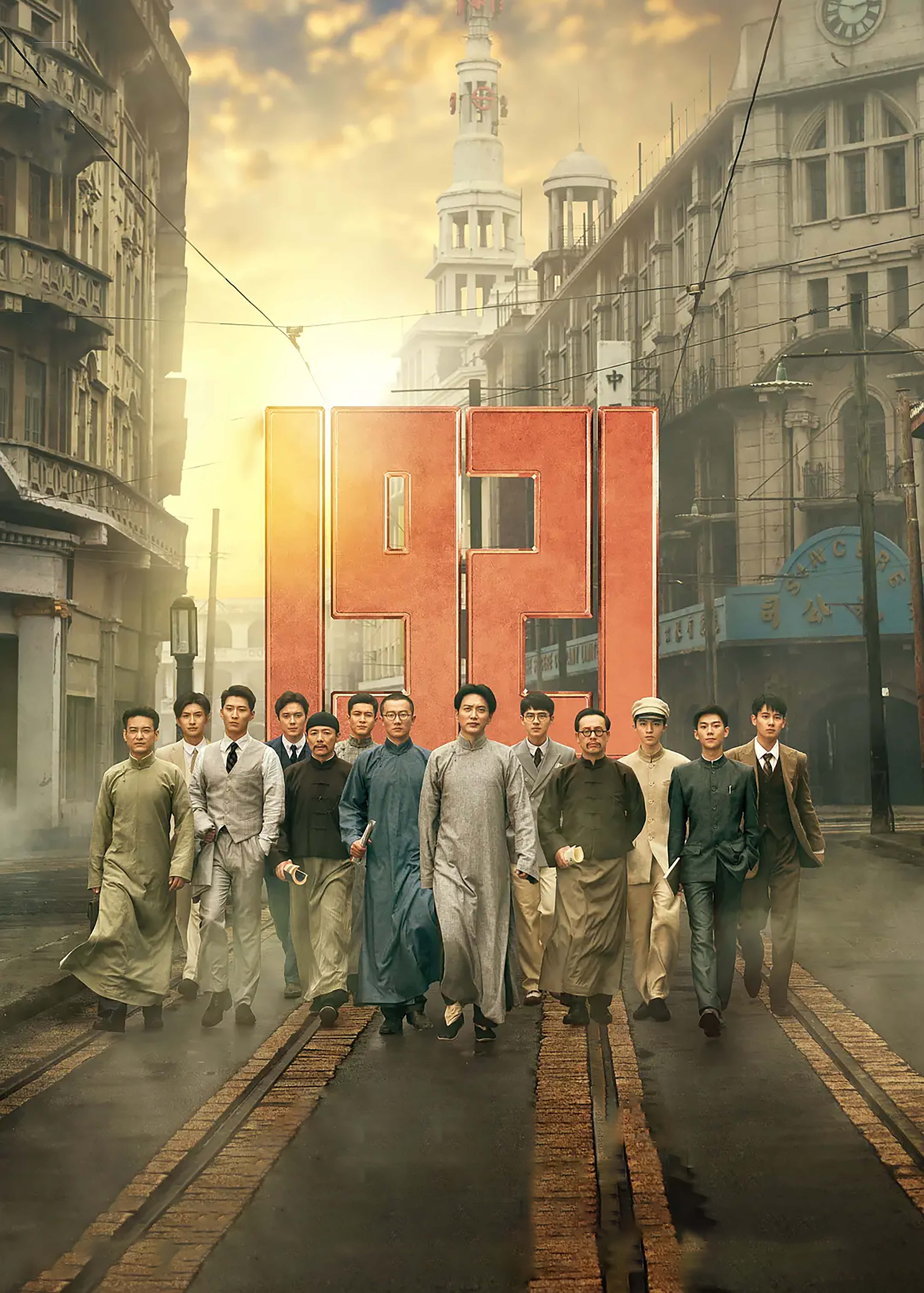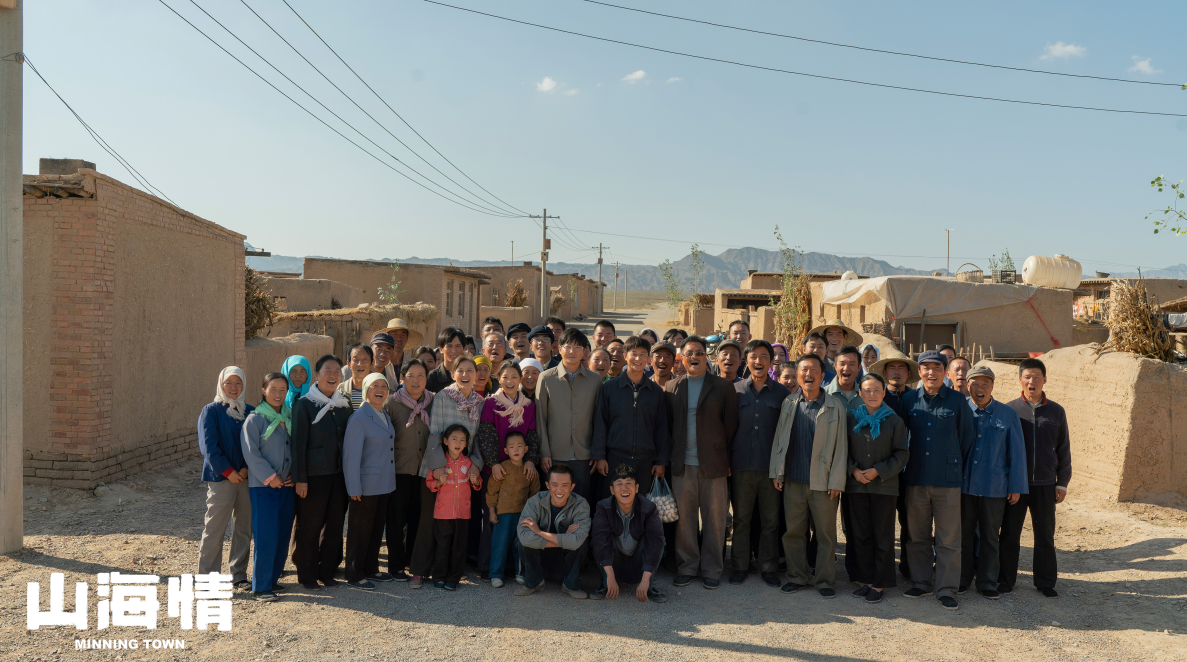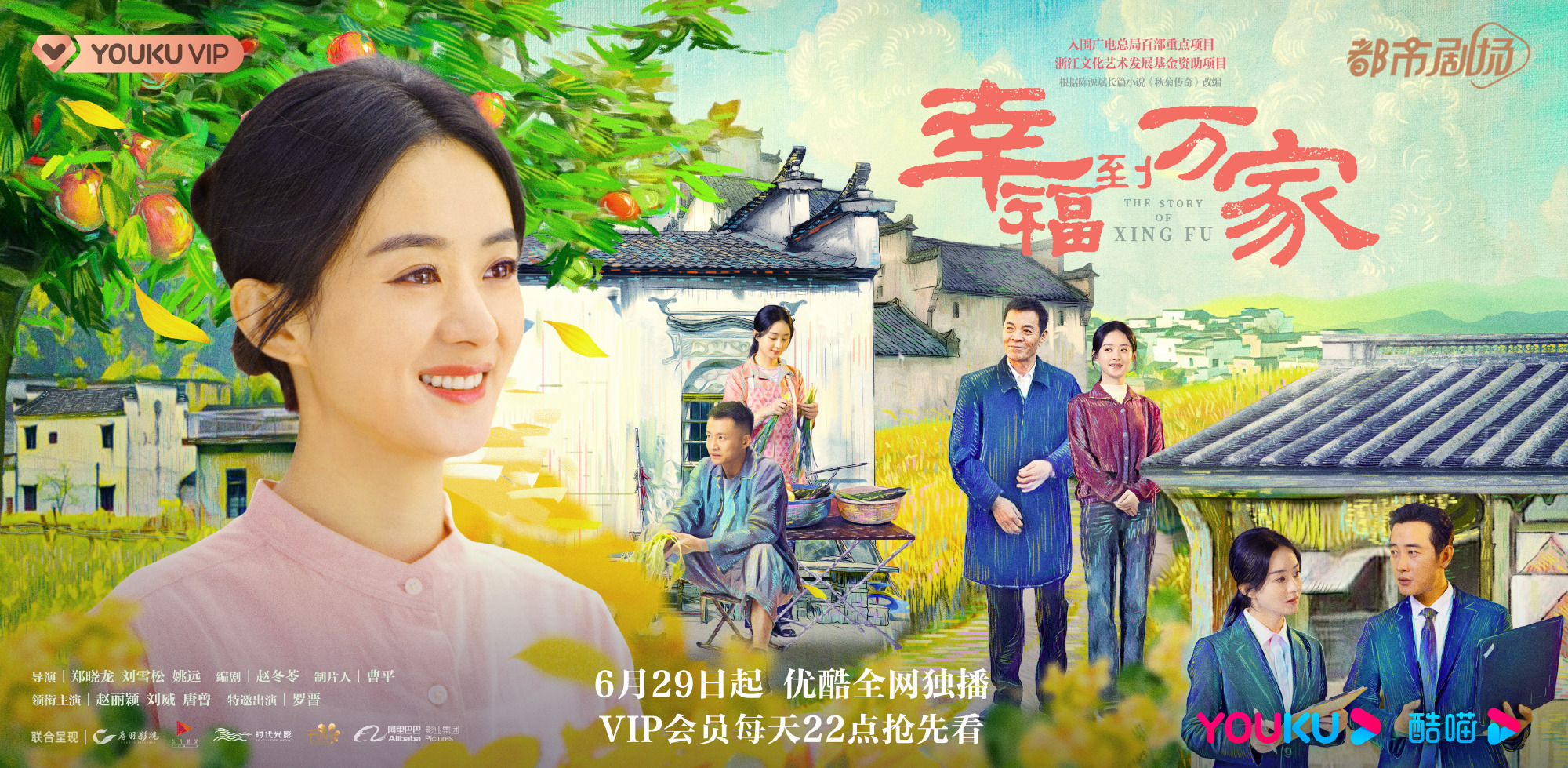
The era is published, youth answers, and mainstream film and television creation is "rejuvenating". A large number of mainstream film and television works such as "Awakening Age", "1921", "Shan Hai Qing" and "Miracle · Stupid Child" focus on the presentation of youth groups and the writing of youth stories, expressing the important propositions of youth and the times, winning the public, especially young people. Audience recognition has become a cultural phenomenon of concern for a while. Next, it is thought-provoking how mainstream film and television creations continue to attract youth, the main consumer group, with more contagious youth stories. This is not only a creative practice issue, but also related to the dissemination and guidance of mainstream values.

"1921" poster
Build a strong link between history and the times, and expand the space for dialogue between works and youth groups
A simple division of audiovisual art texts can be classified into pure fictional works that are not strongly related to reality, such as fantasy and magic-themed film and television dramas, and the other type of works based on history or reality. If young audiences’ liking for the first category of works mainly stems from their satisfaction with their curiosity and fantasy, then in order to capture young audiences, the key to the creation of the second category of works is to establish a strong link with the times, expand the works and youth Group conversation space.
On the one hand, let the "youth" of the revolutionary historical era have a dialogue with the "youth" of the current era in the treatment of the subject matter. For dramas with revolutionary history themes, selecting the youth of historical figures as the key performance objects can often attract the attention of young audiences. This is because the similar age makes the audience and the historical figures represented in the play at a similar life stage, resulting in a stronger sense of substitution. Whether it is the previous "Classmate Cha", "Our Years in France", or the recent "1921", "Awakening Years", "Crossing the Yalu River", and "Several Merry Characters", the main characters in the play are sunny youths. Like the current young audience, they have the same youthful faces and experience similar growing pains, but they have found a direction to stick to after being confused. The encounter and dialogue between two "youths" in different eras through the screen allows people to clearly see the firm will of those young revolutionaries and truly understand the connection between today's peace and happiness and yesterday's suffering and sacrifice.

The Age of Awakening poster
On the other hand, in the way of narrative, let the "era" in which the historical events happened and the "era" of today have a dialogue. Based on the present, to re-examine and interpret the era in which historical events occurred, creators cannot mechanically reproduce the original appearance of history and return to the historical scene. The details and rich characters tell historical stories with inspiration and reference to the current reality. The age is the maker, and the youth are the respondents. Although the exam papers of different eras are different, the hard work and dedication of young people in taking the exam are worthy of praise. Only by connecting historical expressions with reality, and answering the relationship between yesterday and today, can we understand the profound connotation of "era". For example, the online movie "In the Name of Youth" created a group portrait of young people who struggled in different eras and fields in the century-old time and space of the Communist Youth League. The call of duty and youth imagination in different eras in film and television works have formed a "calling structure", which inspires young audiences to think about their own missions and responsibilities.
Convert family and country feelings into scene-based and perceptible emotions
The interpretation and expression of historical or real events (characters) in film and television works can achieve better communication effects if they can meet the specific aesthetic preferences, acceptance psychology, and emotional needs of current audiences. To create a dialogue with young audiences, the core of the symbol system of the works is to shape the characters, and the key to highlighting the characteristics of the characters lies in the character and emotion. Contemporary young people grew up in the Internet age, they can accept purely virtual characters, but it is difficult to identify with facial characters that are divorced from the logic of history or reality. In short, shaping the characters in a real, three-dimensional, and non-suspended manner is a prerequisite for historical and realistic film and television works to stimulate the emotional resonance of young audiences.
On the one hand, characterization must follow historical materialism, and on the basis of ensuring the accuracy of basic historical facts or facts, appropriate artistic processing should be carried out. As for whether a character is contagious, the audience mainly makes cognitive judgments based on daily life experience. First of all, the more the narrative about history, great people, and heroes fits the context of the times and is more normalized, the more approachable and credible the characters are. Secondly, people are specific individuals, people who follow logic and common sense are not necessarily perfect, and personalized creation is sometimes more conducive to shaping typical characters. Thirdly, the motivation of the character's behavior is also an important criterion for judging "real", so it cannot be separated from the audience's understanding of the character's life scene. For example, the revolutionaries in "The Age of Awakening" are all young and middle-aged people. The reason why these "fire-seekers" are deeply remembered by the audience is not only because of their firmness and determination to go through fire and water for their beliefs, but also because each character has a distinct personality and image. full. Li Dazhao is naive, Chen Duxiu is "arrogant", and the intellectuals are unreasonable and unruly, not only did not cover up their brilliance, but made the audience feel more real and lovely, and it was easier to be impressed by their sacrifice and dedication to the revolution.

Stills of "Shan Hai Qing"
On the other hand, creating an approachable, credible and lovable youth image is to achieve empathy with the audience. The emotional expression in mainstream film and television works is a symphony with rich layers. Whether the relationship between feelings, emotions and emotions can be handled well is related to whether the audience can have a "sense of substitution". The grand feelings of family and country can be transformed into scene-based, perceptible emotions and even small emotions, and the subtleties can make people more "heartbroken" and "defensive". In fact, the expression of small emotions not only challenges the details of the script creation, but also tests the actors' performance skills. The great success of "Shan Hai Qing" is precisely the empathy effect based on the real characters, precise details and expressive performance. Ma Defu, a poverty alleviation cadre, did not have a declaration of getting rid of poverty and become rich in the play, nor did he make a deep confession. The actors' capture of details and interpretation of emotions made the audience deeply affected by sibling relationship, father-son relationship, and husband-and-wife relationship. Obviously, this is due to the actor's in-depth experience of life and the empathy with the audience after he has truly devoted himself to the role.
Focus on the story of Chinese youth running hard on the youth track
If the hybrid of genres and the innovation of symbols are the external novelties of the works, the internal novelty of the recent mainstream film and television youth writing is based on the constant response to and reflection on the important proposition of "youth and the times". Youth is not the same as sweet love and pain. The youth writing of mainstream film and television organically combines youth growth with the proposition of the times, achieving a balance between individual expression and value guidance, narrowing the distance between history and reality, and echoing the times and social changes. , let the youth narrative gather mainstream value elements, inspire the current young audience, and demonstrate the positive value concept and spiritual power of the work.
It is precisely based on the questioning of meaning that the important yardstick for measuring the quality of young people's writing in film and television works is the value connotation and spiritual height of the work. Each generation of youth is in a specific youth track, but each generation of youth will face the same proposition when answering the questions of the times. The reason why "The White-Haired Girl", "The Eternal Wave", "Song of Youth", "The Red Detachment of Women", and "Heroes and Sons" can be called red classics is that they can never answer questions about beliefs, ideals, and the relationship between individuals and groups. Time. Although the times are different now, Acura's dedication, sacrifice and hard work are still the eternal theme of film and television creation. For example, the TV series "The Daughter of the Mountain" takes Huang Wenxiu, a model of the times, as the character prototype, uses the real diary of the village as the material, combines the spirit of realism with romantic feelings, and reproduces Huang Wenxiu's ordinary and extraordinary life course, making countless people The college student audience burst into tears and sang the song of youth in the new era. Looking back at history and looking at the reality, outstanding mainstream film and television works have left generations of young people who sacrificed and ran hard for the country and the nation.

"Happiness to Ten Thousand Homes" poster
It is precisely based on the questioning of meaning that the images of young people in mainstream film and television dramas, whether they are in the war years or living in the peaceful years, correspond to them are faith, blood, patriotism, responsibility, dedication, bravery, perseverance and other positive and positive people. Key words. The youth dialogue across time and space, the ingenious stitching of passionate individual inquiries and mainstream discourse, has opened up a new path for the creation of realistic film and television dramas. Under the domination of the Chinese Dream, the youth are undoubtedly the most active, most energetic, and most worthy force in this historical relay race. Whether it is "Ordinary World" and "The World", which describe the joys and sorrows of ordinary families, "Dajiang Dahe", which reflects the pursuit of reform pioneers, or "Happiness to Ten Thousand Homes", which shows the new picture of rural construction, we can see the face of young people. Changes in concepts, adherence to ideals, and unremitting struggles in the face of realistic setbacks and pressures, and individual growth are all connected with the changes of the times and the destiny of the country. Their innovative courage and entrepreneurial spirit provide contemporary youth with life coordinates: how to learn from them and gain the spiritual strength of the newcomers of the times.
When General Secretary Xi Jinping inspected Renmin University of China on April 25, he encouraged young people to run hard on the track of youth and strive to achieve the best results of contemporary youth. Excellent mainstream film and television works are new writings to the youth group, which not only express the mainstream values of the new era, but also gain public recognition and market success. The integration of film and television creation in the three dimensions of values, artistry and commercialization is nothing less than a successful practice of artistic innovation and cultural confidence. Writing about youth in cross-generational youth dialogues, creating emotional connections and resonance with contemporary youth, helping youth and the times to travel in both directions, and pointing out the direction for future film and television creations: Under the great changes unseen in a century, efforts should be made to express China Young people set their sights on all mankind and the world, with light in their hearts and responsibility on their shoulders, and a wonderful story of running the baton for building a community with a shared future for mankind.
(The author is a professor at Renmin University of China and the deputy dean of the School of Art. This article was originally published in the 15th edition of Guangming Daily on September 14, 2022)